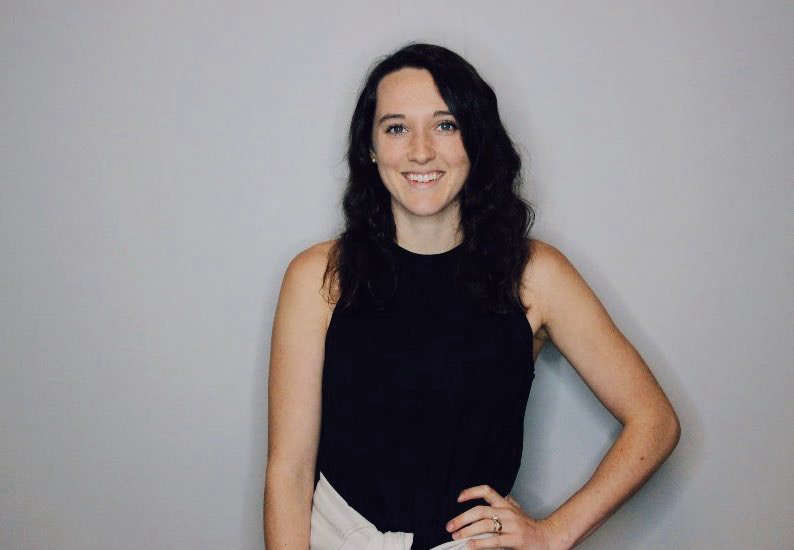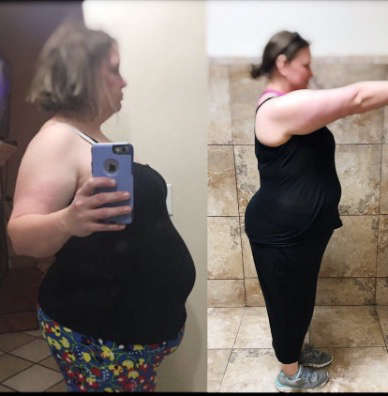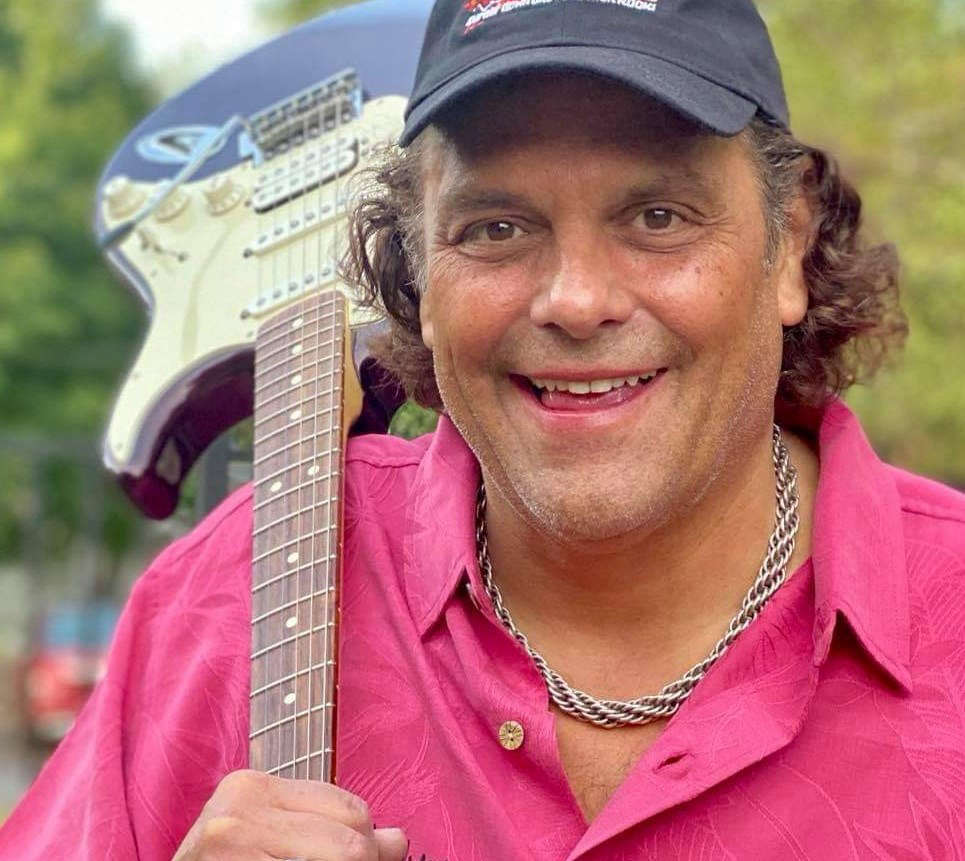The following article is one in a series of articles written by JonChristopher Collins as assignments for his Master of Arts in Journalism degree program; these pieces will feature on Ozarks DynaCom's websites on Sundays.
Childhood obesity has shot up, especially during the COVID-19 pandemic, and two health professionals are taking aim at several culprits. Today both experts are also urging Missourians to take proactive steps to combat the problem and prevent future dire health consequences.
Pediatric hospitalist Jennifer Serwan worked at Mercy Hospital in Springfield, Missouri, but now she works at Oklahoma Children's Hospital OU Health. Serwan said it is accurate that 3 in 10 children in the U.S. are obese or overweight, and she confirmed that the pandemic inflamed the challenges. She said the “Show-Me State” is not exempt from this unhealthy trend.
Missouri, according to State of Childhood Obesity, ranks 21st among the rest of the nation. Furthermore, 15.5% of Missouri’s youth from age 10 to 17 are obese, which is defined as having a body mass index (BMI) of 30.0 or higher. However, Serwan said high rates are not a new phenomenon.
“In the past several decades we’ve seen a steady rise in childhood obesity, and it can be attributed to a lot of factors,” Serwan said. She explained that food availability contributes to the situation, adding that “kids are not getting necessarily the most nutritious meals prepared for them at home” when both parents are working.
In addition, Serwan said the prices of fresh fruits and vegetables are skyrocketing. “That can be very difficult for lower-income families to give kids the fruits and vegetables that they need,” she said.
Childhood obesity is broad and can manifest at a young age, according to Serwan. “I’ve had 10-year-olds who weigh more than I do,” she said. Babies can also exhibit signs of obesity or being overweight because of overfeeding and early introduction of sugary foods and soft drinks.
When children are obese, Serwan said, they often have obese parents. “They (the kids) take their eating habits from what they’re exposed to and what they see in their own family.” But solutions remain and people can combat obesity.
Battling adult obesity stands as a crucial priority. “Making it (healthy choices) a lifestyle could also help the kids,” Serwan said when discussing how parents can impact children.
Hailey Valentine, a licensed personal trainer and nutrition specialist in Bolivar, Missouri, agreed. Before relocating, she was based in Branson, Missouri. She has operated her business Valentine Fitness for seven years. Like Serwan, Valentine promotes making small lifestyle changes.

Hailey Valentine, founder and operator of Valentine Fitness – Photo courtesy of Hailey Valentine
Valentine said obesity increases year after year. She called it a “huge” problem that is consistently rising in American culture. In fact, the Centers for Disease Control and Prevention reports that obesity increased from 30.5% in 1999-2002 to 41.9% in 2017–March 2020. During the same time, the prevalence of severe obesity increased from 4.7% to 9.2%. She spotlighted diet and inactivity as contributing factors.
Valentine said a growing addiction to technology and access to labor-saving devices adds to the battle of the pounds. A mixture of lack of movement, low energy and fast food doesn’t help matters.
Countering the modern American lifestyle will help mitigate the obesity problem. Valentine favors incremental lifestyle changes rather than drastic, sudden ones like 30-day-diets. “You’re going to lose weight for that 30 days or however long you keep it up, but since it’s not sustainable, you’re going to gain it back,” she said.

A client on her weight loss journey - Photo provided by Hailey Valentine
Valentine has seen dramatic changes in clients who were wrestling with obesity, watching them slide down to healthy weights. Working with many obese clients in one of her online programs, she encouraged them to add healthy items to their diets instead of immediately taking poor food choices away.
For example, add water. “Through those little changes they made, it over time created big results for them and ultimately lifestyle change,” Valentine said.






 Branson High School Courtwarming Candidates Announced
Branson High School Courtwarming Candidates Announced